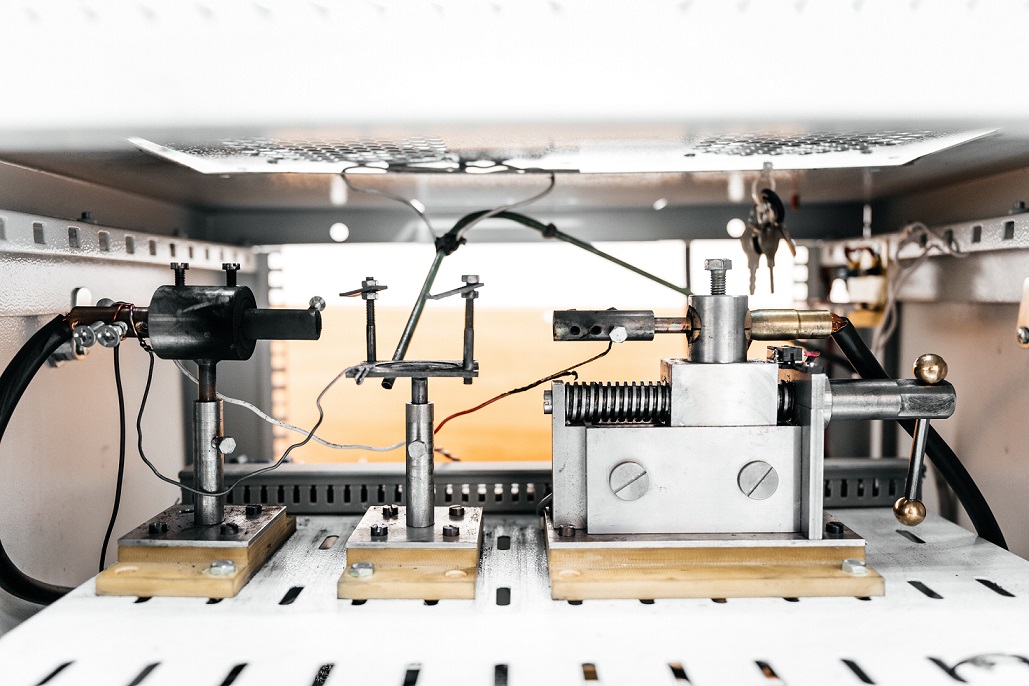Scientists of Tomsk Polytechnic University have synthesized high-entropy carbide consisting of five various metals using a vacuum-free electric arc method. The research findings are
published in the Journal of Engineering Physics and Thermophysics.
High-entropy carbides are a new class of materials simultaneously consisting of four or more various metals and carbon. Their main feature lies in the capability to endure high temperatures and energy flux densities. Combining various elements in the composition, it is possible to obtain the required mix of features (melting point, oxidation temperature, specific weight and others).
“High-entropy materials are called in such a way due to a relatively high degree of disorder in the crystalline lattice, as an atom of every chemical element possesses a certain size in the crystalline lattices. It causes structural distortions and can positively affect material properties,” Alexander Pak, Research Fellow of the TPU Research Center - Ecoenergy 4.0, explains.
The TPU scientists managed to synthesize high-entropy carbide consisting of Ti, Zr, Nb, Hf, Ta and C. Carbide was obtained using a vacuum-free electric arc synthesis. High temperatures are required for a reaction, in order, every primary component interacting with C connects to the face-centred cubic lattice and forms ultra-refractory carbide. Scientists use electric arc plasma to obtain it.
“We became the first who could obtain high-entropy carbide using a vacuum-free electric arc method. It is a great rarity and success for us to synthesize a material that has recently been discovered and to use our method at electric arc reactors created by our research team," Alexander Pak adds.
"We are planning to improve a synthesis process to obtain a clearer and uncontaminated material, to reduce energy intensity, as well as to research material properties and synthesize high-entropy carbides of the other chemical composition.”
The research work is being conducted jointly with scientists of the A.V. Luikov Heat and Mass Transfer Institute of the National Academy of Sciences of Belarus. The scientists applied for a patent (method of producing TiZrNbHfTaC
5 high-entropy carbide).
